Radio is magical, powerful, but under-leveraged medium: Industry experts
The India Radio Forum 2016, held in Mumbai last week, focused on the challenges that the radio broadcast industry faces. The panel on ‘Streaming music - threat or opportunity for FM?’ saw Aditya Swamy, Digital Media & Content Marketing, Flipkart, and Shridhar Subramaniam, President - India & Middle East, Sony Music Entertainment, discuss the issue at length. The session was moderated by Prashant Panday, Managing Director & CEO at Radio Mirchi (ENIL).
The session began with Panday giving everyone a brief idea about the organisations streaming music such as Pandora, Spotify, Apple Music and their progress throughout these years. He also mentioned the new players in this league, such as Saavn and Gaana that have been doing quite well on downloads. Apart from that he acknowledged the fact that even video sites such as Netflix, YouTube and Hulu are catching up in the digital streaming race. In a situation like this the main question that arises is how should FM broadcasters react to it? And does streaming music pose a threat to FM broadcasters or not?
Pandey, while focusing on the digital platform, said, “The one message I would like to give to brands is explore online and digital mediums for business rather than sticking to only one platform. One needs to come out of the comfort zone and do what is best for the business rather than sticking to only one platform for growth.”
Flipkart’s Aditya Swamy stressed on the need to be a more diverse youth destination since young people prefer to have multiple choices. While stating that the reach of radio is still unparalleled, he added that radio brands need not necessarily be defined only by music, but offer different content in order to engage the listeners.
He saw streaming music as an opportunity because consumers were looking for different ways to enjoy their favourite content. “I think radio is the platform. I think FM players like Radio Mirchi, Red FM, Radio City, etc. are strong consumer brands. With more and more content been provided in this ecosystem and more genres being introduced, the appetite for music is increasing in this country,” Swamy further said.
On the other hand, Shridhar Subramaniam of Sony Music Entertainment cautioned that streaming music would be a threat as long as radio was just about conventional music and information. He further pointed out that the largest streamer was YouTube. “But the biggest threat to YouTube is from Hotstar, because when I get to YouTube, I look for something, I get it and then move on. When compared to services like Saavn and Gaana, radio stations have a huge lead. Services like Saavn and Gaana require one to go online, they want downloads, whereas one only needs to turn on a radio station and you have an audience.”
Meanwhile, speaking about radio’s relevance in the mobile world, Tarun Katial, CEO, RBNL, said, “FM has the ability to provide music on mobile phones. As we bring in differentiation on music formats, people will have the options to choose from retro to contemporary to top 100 songs. No new media has killed any new media, but it always evolves.”
Hari Krishnan, CEO, ZenithOptimedia, remarked, “2015 has been a great year for radio according to KPMG and FICCI. With Phase 3, the industry finally saw the light of day. The radio industry has evolved a lot in terms of experimenting with the content, but somehow advisers still see a thin gap somewhere. There are five potential loopholes in the realm of brand story telling through video. There were 2,265 first time advertisers in 2015, which included all kinds of start-ups. Being a medium with lots of limitations, this year has not been as great for the radio industry so far, but with many new brands coming in with FDI, the radio industry will have a big opportunity to offer clutter breaking options. Radio is magical, powerful, but under-leveraged medium.”





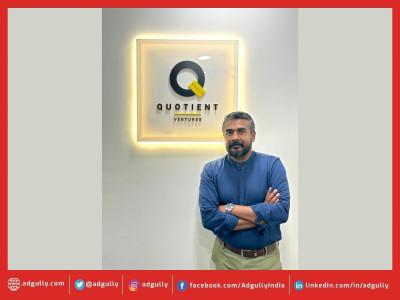
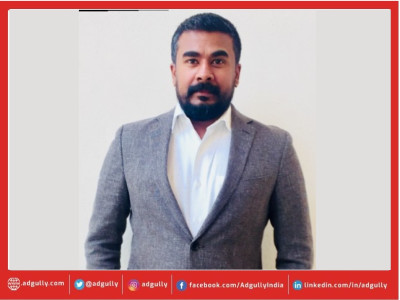

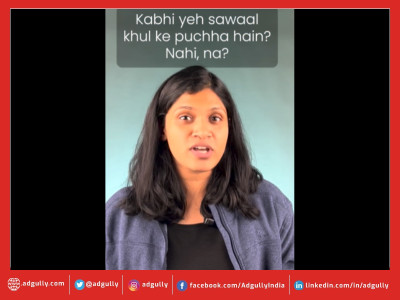
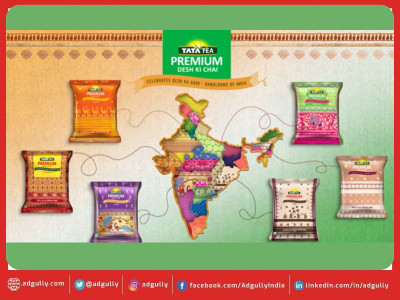

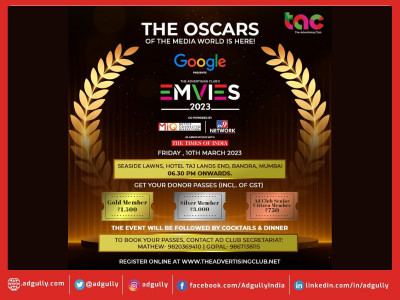

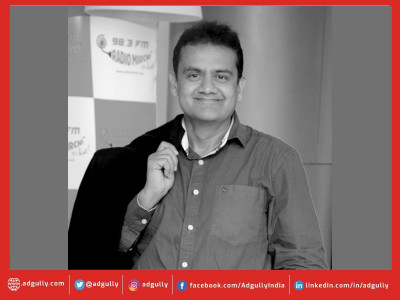
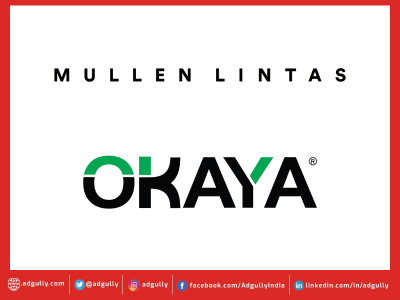
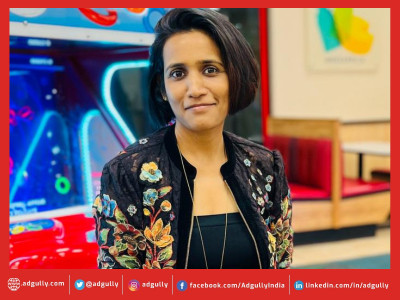

Share
Facebook
YouTube
Tweet
Twitter
LinkedIn